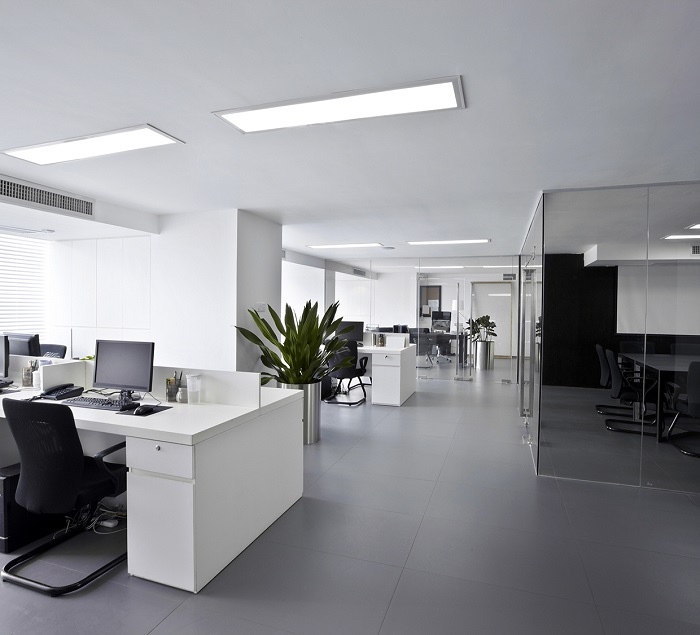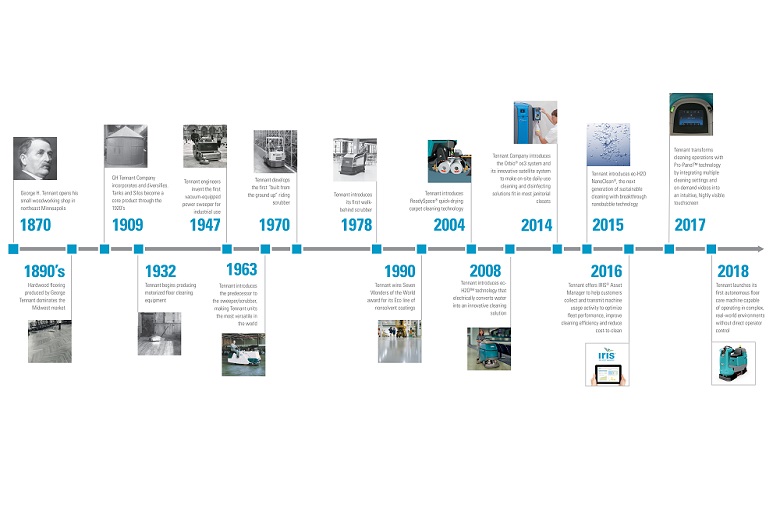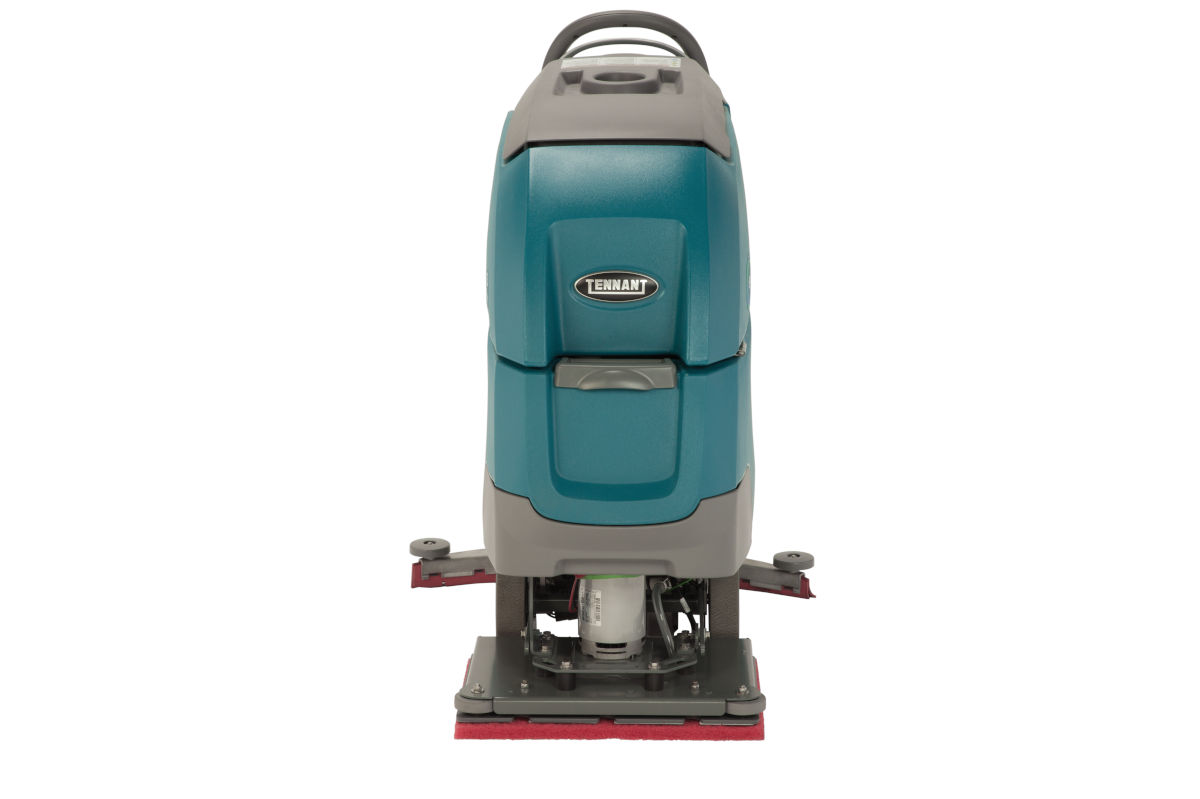
When it comes to keeping your facility clean, its cosmetic appearance is not the only value or aim.
Obviously, your business’s image is important and keeping it clean and tidy goes a long way towards that, but cleaning is more than good looks.
Cleaning for Health is critical to the health and safety of all personnel on your premises including your workforce, the actual users and occupants of the spaces, and visitors.
Cleaning for Health results in visibly cleaner facilities and minimises chemical residues, bacteria and dust from surfaces.
The importance of prioritising Indoor Air Quality (IAQ)
Whether at work, at home or elsewhere, we spend as much as 90 percent of our time inside and increasingly, that time is spent in less than optimal IAQ environments.
Now think about how many labour days are lost annually through employee illness caused by poor air quality and how much it costs the company. And then there are the associated health care costs to the community and, depending on the use of the facility, there are other factors to consider.
Whether the facility is a school, hospital, shopping centre, factory, airport, warehouse, problems such as poor attendance, lower patronage, higher secondary illness rates, complaints, and even litigation could arise.
Factors influencing Indoor Air Quality
Cleanliness standards are just the beginning. Other factors can include:
- Gases emitted by paints, floor coverings, construction materials and treated furnishings;
- The use of harsh chemical cleaning products; and
- Cleaning methods that contribute to the problem.
Choose Environmentally Preferable Products (and methods) wherever possible
One of the ways companies can be more proactive in improving IAQ is by opting to use environmentally preferable products and utilising more environmentally-friendly methods wherever possible.
- Choose cleaning products that have zero or low odours.
- Use cleaning chemicals that are water-based, not solvent-based.
- Explore engineered water products such as ozone, hydrogen peroxide and electrically converted water technology.
- Outfit cleaning equipment with telemetry that provides key performance metrics and intelligent insights.
- Invest in cleaning robots or autonomous floor care equipment to enhance efficiency and optimise productivity and safety.
Reduce exposure to Volatile Organic Compounds (VOCs)
VOCs are present in fragranced cleaning products and many other substances and products as mentioned above. They are responsible for impacting on indoor air quality, resulting in irritation in individuals who have asthma or reactions to chemicals.
- Choose unscented cleaning chemicals.
- Only use solvent-based cleaners for tasks that can’t be achieved using gentler products, and only use in well-ventilated areas.
- Instead of using VOC-laden artificial air fresheners to mask unpleasant odours, explore other options such as natural products or look at ways to prevent odours in the first place.
How cleaning processes can improve Indoor Air Quality
Technological advancements have made cleaning smarter and more effective and the result is vastly improved indoor air quality. An American study* revealed the following results concerning facilities cleaned thoroughly with the assistance of technologically advanced supplies and equipment:

As well as using low- or no-VOC cleaning products and employing thorough cleaning practices and technologically advanced equipment, it’s important that facility managers regularly monitor indoor air quality by:
- Examining air quality on a regular basis and recording any issues;
- Heeding, recording and responding to complaints and recommendations made by the workforce and visitors; and
- Supporting the owners, occupants and employees in their efforts to maintain a healthy indoor environment.
Facility safety is part of Cleaning for Health too
Airborne dust and toxins are only part of the problem faced by facility managers. Slips and falls are among the leading causes of workplace injuries in Australia, and many are entirely preventable.
How to reduce the risk of slips and falls
- Standing water must never be left behind after cleaning.
- Machines that feature powerful water recovery systems leave floors dryer and less hazardous.
- Using equipment that doesn’t rely on chemicals to clean means no build-up of excess chemicals which can cause slippery surfaces.
*Dave Frank, American Institute for Cleaning Sciences (AICS)
Tennant Company is a recognized leader in designing, manufacturing and marketing solutions that help create a cleaner, safer, healthier world. With a vision to become a global leader in sustainable cleaning innovation that empowers our customers to create a cleaner, safer and healthier world, Tennant creates solutions that are changing the way the world cleans. Tennant products include equipment used to maintain indoor and outdoor surfaces, as well as TennantTrue® financing solutions, equipment parts, service, and maintenance to help ensure superior cleaning performance from your Tennant machines.


Gary Oskay on: Industry Leaders Forum: Wayne Hill, CEO, RapidClean Group
John Ford on: Industry Leaders Forum: Joe Camilleri, Managing Director, Central Cleaning Supplies
Jasmine Soh on: Empowering the Oceania Cleaning and Hygiene Industry: INCLEAN Unveils Its Unified Magazine